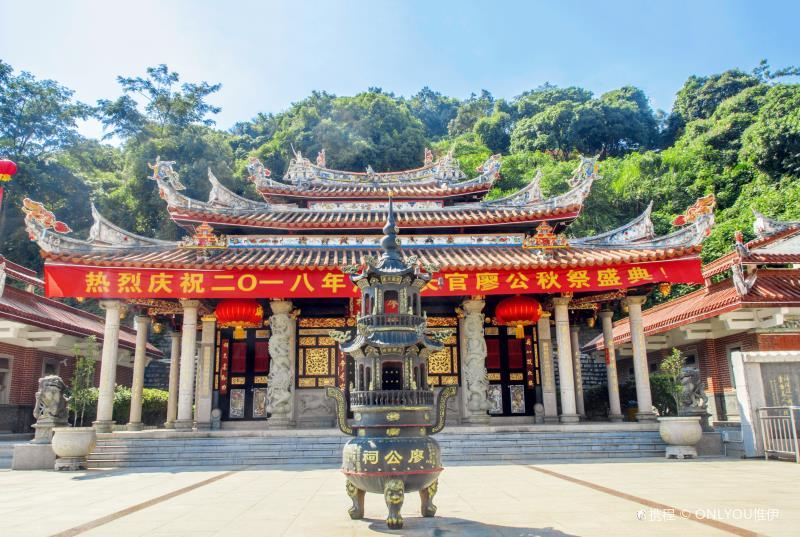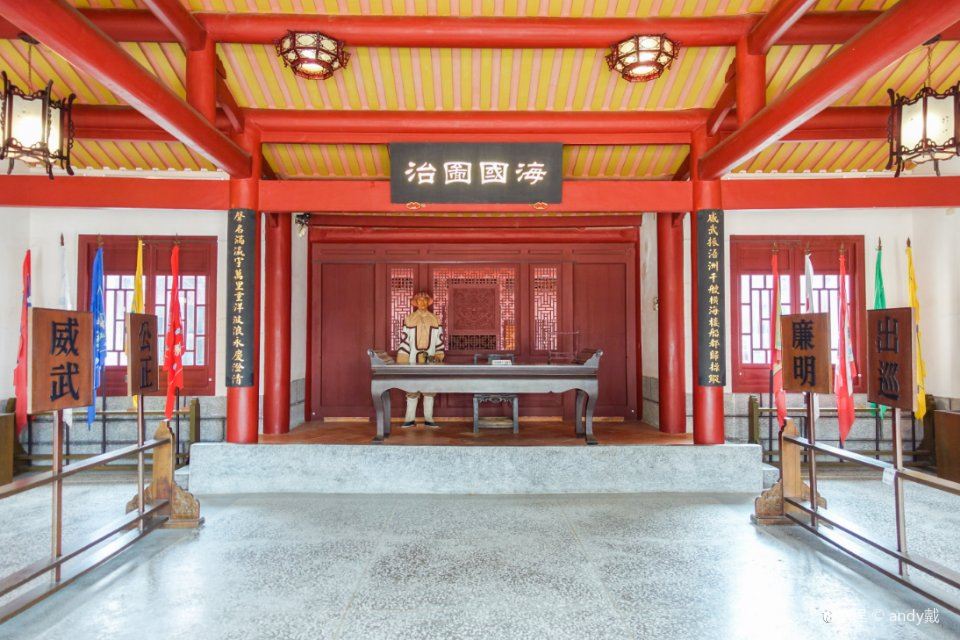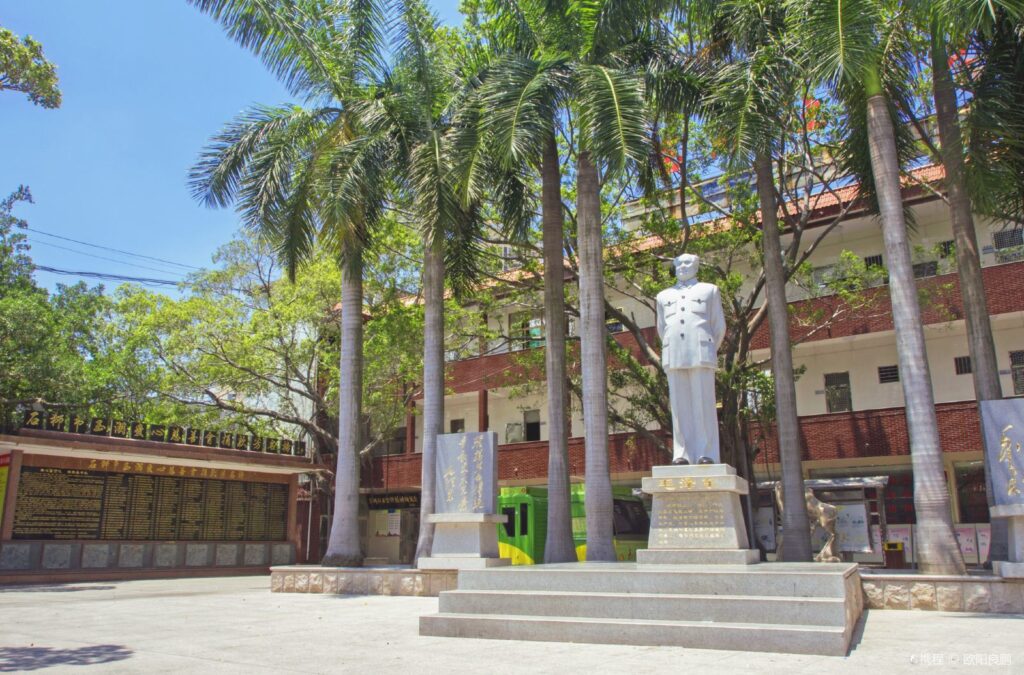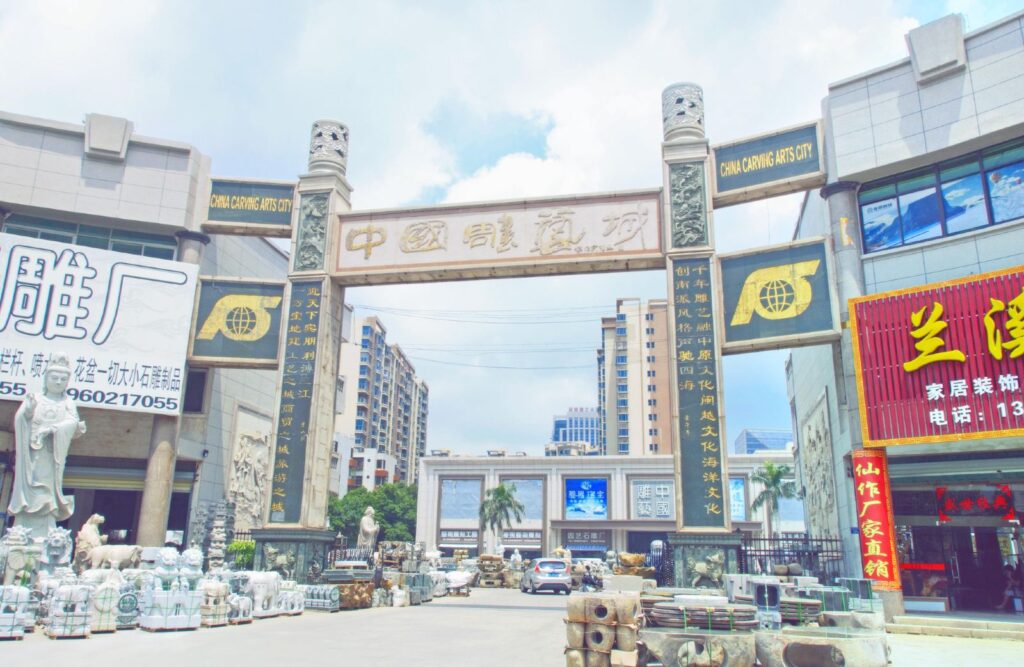Yongquan Temple, located on Gu Mountain in Fuzhou, is acclaimed as the ‘Crown of Min Monasteries’ and is also one of the nationally significant temples. Situated at an elevation of 455 meters on the mountain’s waist, with the Xianglu Peak in front and the Baiyun Peak at its back, the temple possesses a unique architectural layout where ‘one enters the mountain without seeing the temple, and enters the temple without seeing the mountain.
‘ It is said that the temple’s original site was the ‘Huayan Temple.’ In the fourth year of the Tang Dynasty’s Jianzhong era (783 AD), a dragon resided in the Lingyuan Cave (as recorded in ‘Gu Mountain Chronicles’: ‘It was originally a pool inhabited by a venomous dragon.’). Pei Shu, a local official, believed that ‘sacred beings should be suppressed by a temple,’ and invited the eminent monk Lingqiao to enter the mountain, clear the grass, and set up a platform to chant the ‘Huayan Sutra,’ thus establishing Huayan Temple, which ended the dragon’s harm. Today, the year 783 AD is considered the beginning of Yongquan Temple’s establishment. During the Tang Emperor Wuzong’s suppression of Buddhism, Huayan Temple was destroyed. In 908 AD, King Wang Shenzhi of Min built a new temple named ‘National Master’s Pavilion.’ In 915 AD, it was renamed as ‘Gu Mountain Baiyun Peak Yongquan Zen Temple.’ During the Song Dynasty, Emperor Zhenzong of Song bestowed the title ‘Yongquan Zen Temple. ‘ In 1407 AD, it was renamed Yongquan Temple. The temple suffered two fires during the Ming Dynasty but was subsequently restored and expanded, achieving its current scale. The grandeur and magnificence of Yongquan Temple are best represented by the Mahavira Hall, with other halls of various sizes surrounding it. Inside the hall, there are statues of Sakyamuni’s three incarnations and the solemn images of the Three Saints. In front of the Three Saints, there is a long table that has survived multiple fires and is considered a treasure of the main hall due to its long history. The temple also houses many valuable collections of books, scriptures, decorative items, and ceramics. There are numerous significant inscriptions within the temple. The interior is resplendent and solemn, instilling a sense of reverence for the greatness of Buddha. The temple is open all year round from 08:00 to 17:00.Fuzhou Gu Mountain Yongquan Temple: A Majestic Buddhist Sanctuary
Yongquan Temple, located on Gu Mountain in Fuzhou, is acclaimed as the ‘Crown of Min Monasteri[...]









